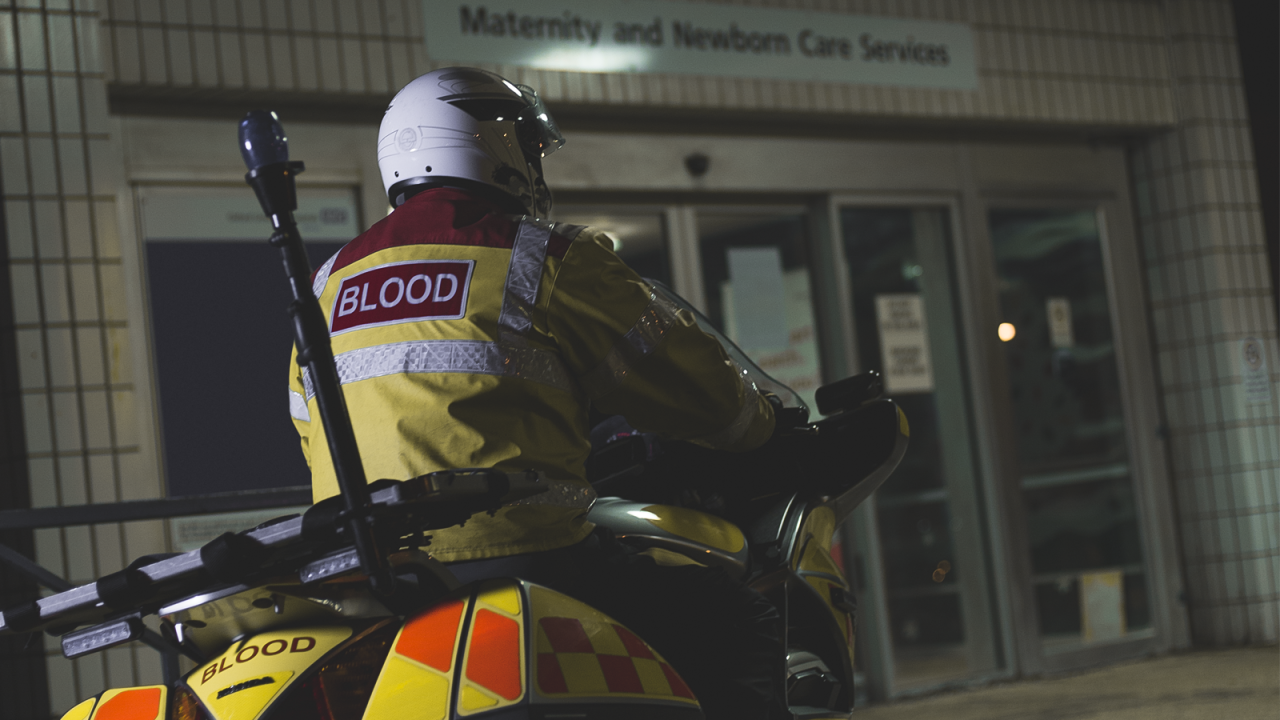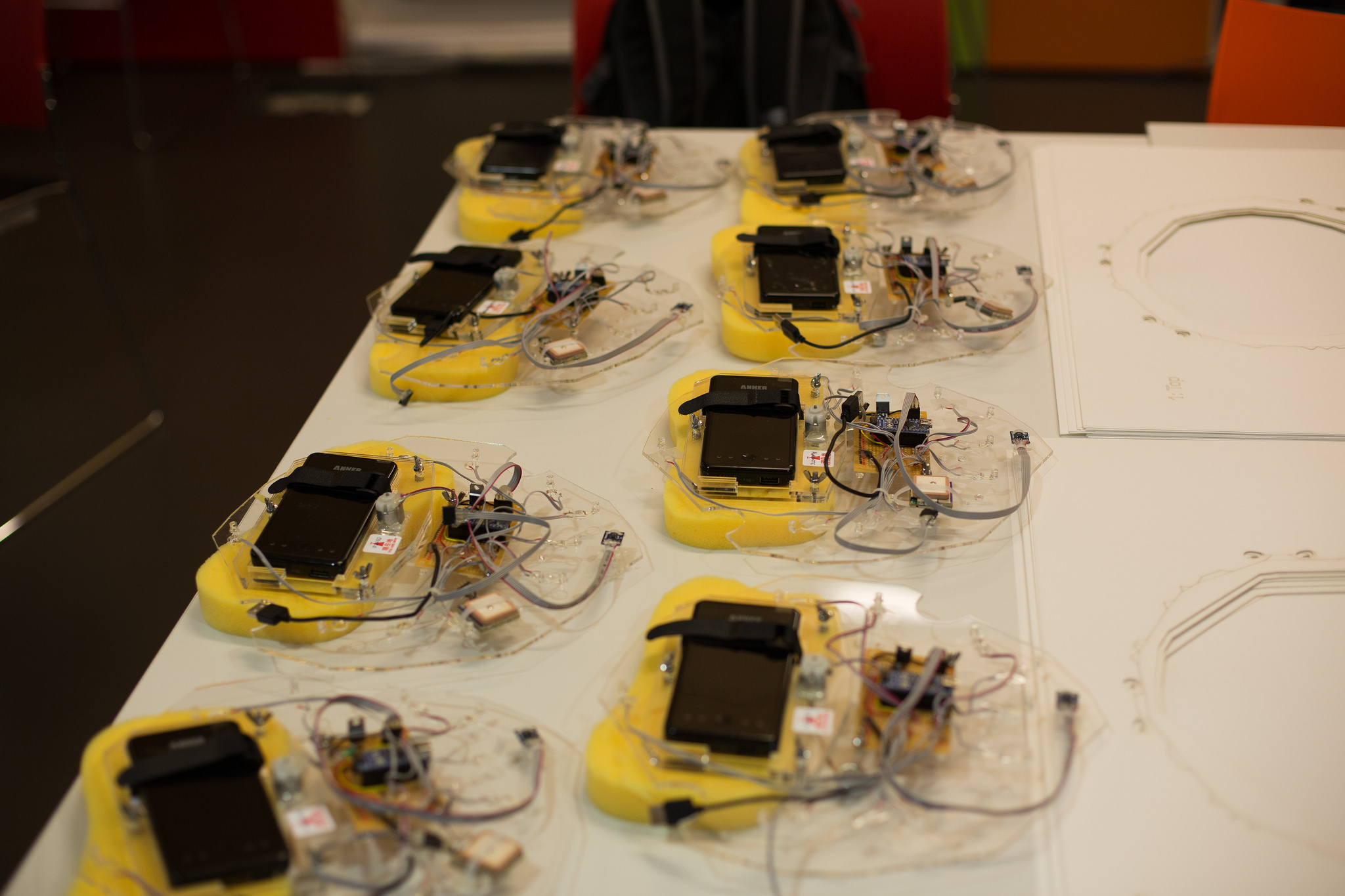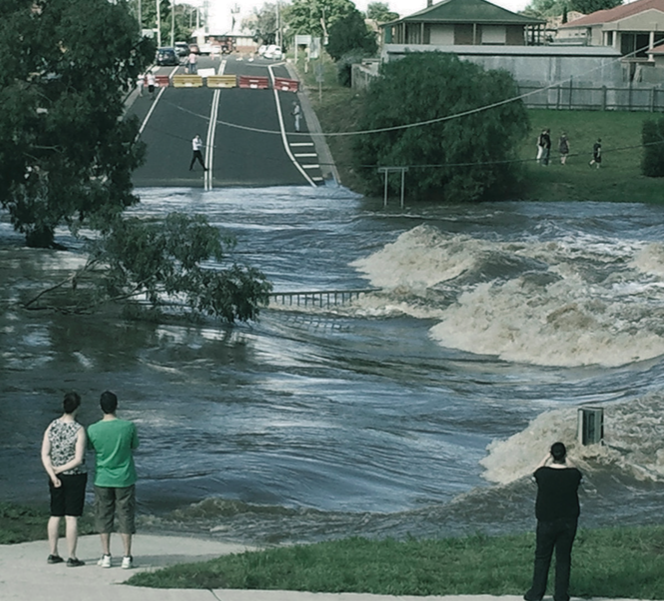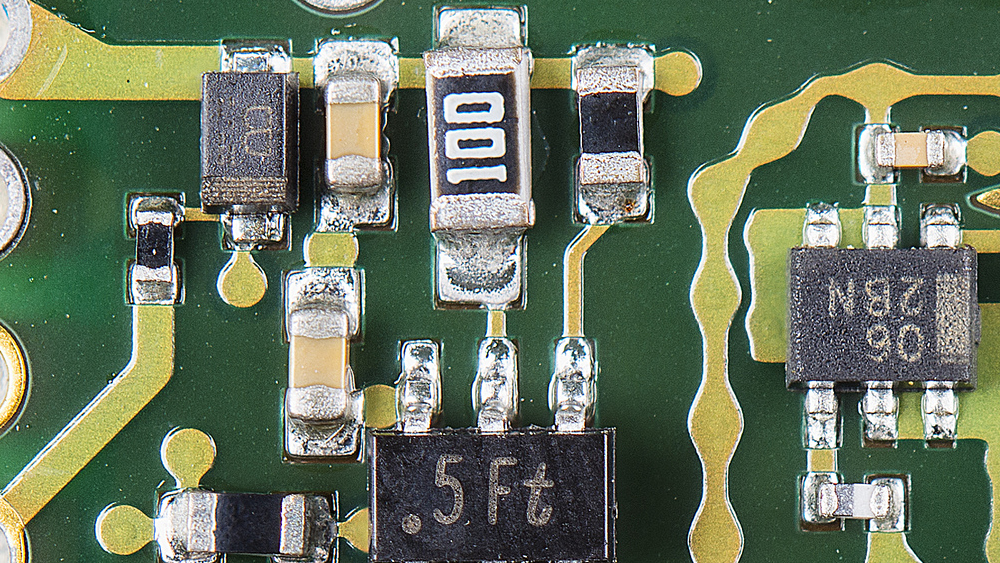How do we move vital goods in times of crisis? How do medical and rescue organizations move blood when and where needed?
For three days this summer design students and staff from Aalborg University and Lancaster-based community partners – NHS Blood and Transplant, Northwest Blood Bikes and Langdale Ambleside Mountain Rescue Team – converged to consider Mobile Futures. The workshop cultivated a Utopian energy as a method for thinking through key societal mobilities and infrastructures related to disaster, flooding and disruption. By listening to, and working with, community partners, including oh-so-fun Lego serious play, we explored how mobile social futures can, and should be, designed.
Here are three windows into Utopian mobile medical futures:
Blood Sharing Commuter Train Lounge
Partner: NHS Blood and Transplant coordinates the donation of blood, tissue, organs and stem cells in the UK. >> Joanne Leeman (NHS) – Marketing
Pitch: Donate blood in comfort on your commute to work.
Team: Ditte Bendix Lanng, Thor Nielson, Andrea Vistoria Hernadez Bueno
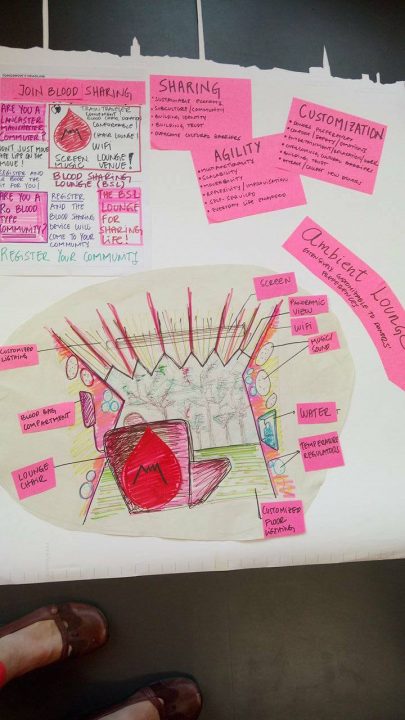
Imagine that you could spend your commute donating blood to those in urgent need. Through the NHS Blood and Transplant register, you would be offered a comfortable, convenient and customizable Blood Sharing Lounge on your Lancaster/Manchester commute. While sharing blood you can skype, answer e-mails, watch a movie, listen to music, meditate, or simply enjoy the landscape. And, of course, you can regulate the temperature and light to create your ideal conditions. You can do it alone, or with friend, relative or co-worker. Perhaps a blood sharing date would be of interest?
Through insights shared by Joanne Leeman from NHS Blood and Transplant, we identified three themes:
Sharing: Join the blood sharing community, overcome cultural barriers to blood donation, build identity, trust and community.
Agility: Create a multifunctional and resilient blood sharing system that is adaptable to everyday and crisis situations (i.e. scalable, mobile, responsive).
Donor care: Tailor to donor comfort preferences, embed blood sharing in everyday life (e.g. commute), attract new donors.
Through these themes, we addressed critical issues, namely the necessity of a targeted ‘pull’ system to attract the donation of certain blood types (e.g. rare blood types, O-) and to address the reduction in blood demand (i.e. avoid storing too much blood for too long).
In addition to the commuter scenario (Everyday Pull), we developed two other future design scenarios to respond to these issues:
- Targeted Pull – Blood Sharing Lounges are placed in select local communities where there is a high concentration of potential and registered blood sharers with in-demand blood types. The Lounges work for both impulsive and planned blood sharing
- Disaster Pull – Blood sharing is done in the Lounges on the move: a truck takes the lounges out of the disaster zone on pre-defined 60 minute circuits in local communities with the needed donor profile.
Blood Relay
Partner: Northwest Blood Bikes provides a voluntary out-of-hours transport service to our NHS hospitals by carrying blood, platelets, samples, breast milk, etc. between hospitals that is urgently required. >> Simon Hanson – Fleet Manager, Committee Member and Emergency Rider
Pitch: Expand the capacity of Blood Bikes by creating a multi-modal relay.
Team: Ole B. Jensen, Cecilie Breinholm Christensen
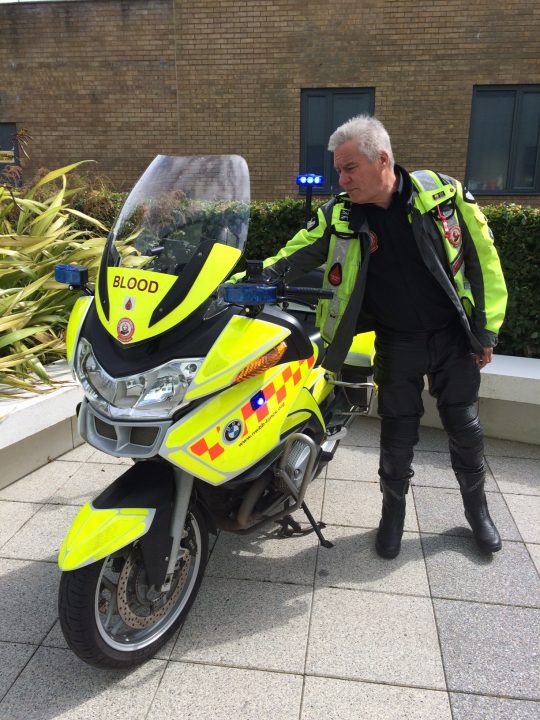
Two key dynamics arose when we listened to Simon Hanson from Northwest Blood Bikes. First, how passionate Blood Bike volunteers feel about riding motorcycles. Second, the commitment of volunteers to do good in the community. Building on this passion and desire to do good, we proposed an expansion of the current practice with the Blood Relay project. The Blood Relay pulls together voluntary charity organizations with a shared interest in enhancing multi-modal mobility of blood, tissues and other medical products. Blood Relay works by connecting community groups with a passion for motorcycles, drones, bicycles, kayaks, etc. and having these groups transport vital materials through an intermodal relay.
A vital part of the Blood Relay is the Lancaster Blood Relay Grid. The grid is the operational matrix of the Multi-Modal Blood Relay. The grid connects groups in each quadrant creating an overview of available modes, taking into consideration issues such as traffic congestion, difficult weather and infrastructure breakdown. For each quadrant there are mode-specific voluntary community groups that will contribute to the seamless transport of vital goods.
The main advantage of the Blood Relay system is that it makes the transport of blood and other medical goods more resilient and flexible. By drawing on different transport modes and leveraging their relative advantages, the Blood Relay, relative to just the use of motorcycles, covers a greater area, increases travel speed and expands system capacity.
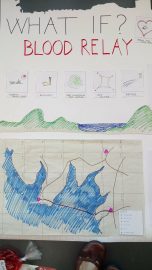
Human Compass – Hiker Mesh Network

Partner: Langdale Ambleside Mountain Rescue Team is a team of volunteers that helps fellow mountaineers who are in trouble. >> Roger Pickup – Deputy Leader and Search and Rescue Dog Handler
Pitch: Create an offline network for hikers to backtrack and/or connect with other hikers in the vicinity
Team: Louise Møller Hasse, Line Sand Knudsen, Michael Planck
After an inspiring introduction to the work of Mountain Search and Rescue, our team started mapping out the possible challenges that the rescue team was meeting, trying to identify a design problem/opportunity to improve. A few of the common challenges in the Lake District is that hikers get lost, they are not aware of the risks in the area and/or how to prepare for a safe experience. Our team ended up asking: How can we design a safety net for hikers in the Lake District without compromising the hiking experience?
Our proposal was the ‘Human Compass’ – a personal wearable connected to other hikers in the District. The main idea is that you can help others (and yourself) when getting lost, or even in critical situations, by guiding you to other people in the vicinity or, in serious cases, to call the Mountain Rescue team, which can easily identify your position using the Human Compass .
It has been inspiring to collaborate with the people and in the environment of Lancaster University. Many thanks to you and not least the community partners for sharing work experiences and for challenging us with exiting cases to the workshop!
Credit main photo: www.bloodbikes.org.uk

